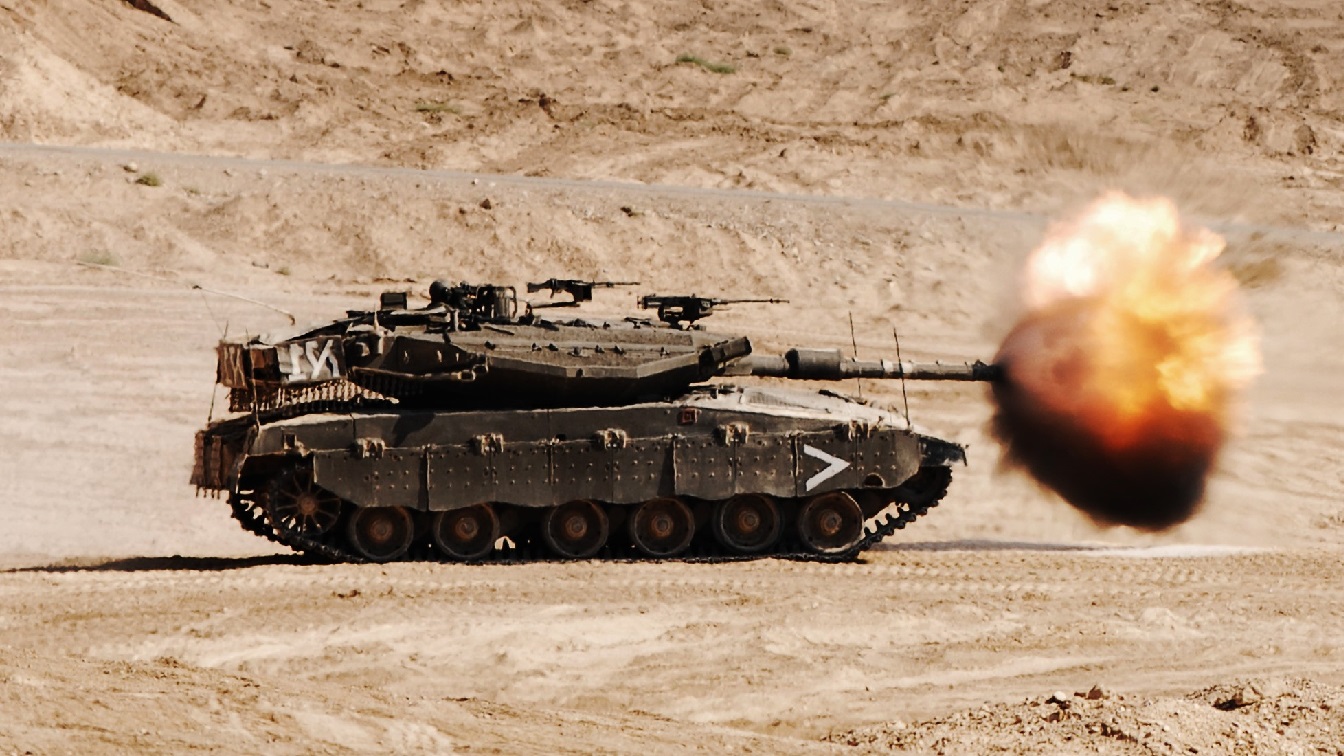The great majority of Middle Eastern armies rely on foreign imports and licensed editions of foreign designs for their tank forces. These designs might be American, such as the M-1 Abrams used by the Saudis and the post-Saddam Iraqi Army, or the M60 Patton used by Egypt and Turkey. They could be Russian, such as the T-72 wielded by Syria. They might be British, like the Challenger tanks the Royal Jordanian Army is getting ready to phase out. You get the point. To the best of my knowledge (and if I’m wrong, dear readers, please make note of it in our Comments section!), the only Middle Eastern nation that has fully homegrown main battle tanks is Israel, in the form of the Merkava (“Chariot”) main battle tank. Let’s now take a closer look at the Israel Defense Forces’ mighty iron chariot.
(Subscribe to Our YouTube Channel Here. Check out More 19FortyFive Videos Here)
Battle Born
The Merkava began development in 1970, with the first prototypes built-in 1974. It finally went operational in 1979.
The tank was manufactured by Israel Military Industries. (IMI also designed the Desert Eagle Magnum-powered semi-automatic pistol that is so instantly recognizable to Hollywood audiences.)
Prior to the advent of the Merkava, the IDF had also been relying on foreign imports to supply its armored corps, namely the Pattons (both the M48 and M60) and the British Centurion. The Israelis certainly made effective use of these Western-made tanks, riding them to victory in the 1967 Six Day War and the 1973 Yom Kippur War.
However, the need for a homegrown option became apparent during the mid-1970s when the British government reneged on a joint tank-development deal that would have provided Israel with Chieftain tanks.
As my 1945 colleague Maya Carlin says, “At this point, the then-commander of the IDF Armored Corps, Maj. Gen. Israel Tal, recognized his country’s land-based protection could not be guaranteed by any other nation. Therefore, a domestic production capability was necessary.”
Safety Is Paramount…
The designers of the Merkava placed crew safety and survivability at the top of their priority list — a consideration that present-day Russian MBT crews in Ukraine are undoubtedly longing for.
They addressed this issue by installing thick-spaced composite armor (the exact nature of which remains classified) and setting up the engine and transmission in the front of the tank, a positioning that provides extra protection for the crew.
The current iteration of the Merkava, the Mk IV, takes crew protection to yet another level, in the form of the Trophy Active Protection System. This system provides an extra degree of survivability against anti-tank missiles and rocket-propelled grenades by allowing its crew to identify and intercept oncoming attacks.
For good measure, the Mk IV “Chariot” is fitted with transferrable armor that can be shifted depending on the type of threat, as well as a hardened bottom to provide better protection against land mines.
…But So is Firepower
Of course, this “Chariot” isn’t merely built to withstand punishment, but to dish it out as well – bearing in what General Patton said about “making the other poor dumb bastard die for his country – and this tank does so in spades.
The Mark I and Mark II variants were equipped with a 105mm M64 gun, while the Mark III and Mark IV were upgraded with an IMI 120mm smoothbore gun. All versions of the Merkava have wielded secondary armament consisting of two roof-mounted 7.62mm machine guns – operated by the commander and loaded – as well as a remot- controlled edition of the ubiquitous and time-honored Browning M2 “Ma Deuce” .50 caliber machine gun.
The Merkava Mark I was first blooded in the 1982 Lebanon War, which, though ultimately a strategic failure for Israel, produced a series of tactical victories for the IDF. Fighting alongside M60s carried over from the previous two decades, the homegrown Israeli MBT proved more than a match for the Syrian T-72s as well as the older model T-62s. Some 300-350 Syrian MBTs were killed in exchange for 130 Israeli tanks of all types destroyed or damaged.
Since then, Merkava tanks have not been involved in any major tank-on-tank engagements. However, the tank has continued to prove its effectiveness in taking enemy lives and saving its own crew members’ lives in various antiterrorist and counterinsurgency ops, from the Second Intifada to the 2006 Lebanon War to 2008’s Operation Cast Lead and 2014’s Operation Protective Edge.
It will undoubtedly continue to serve the State of Israel for many years to come.
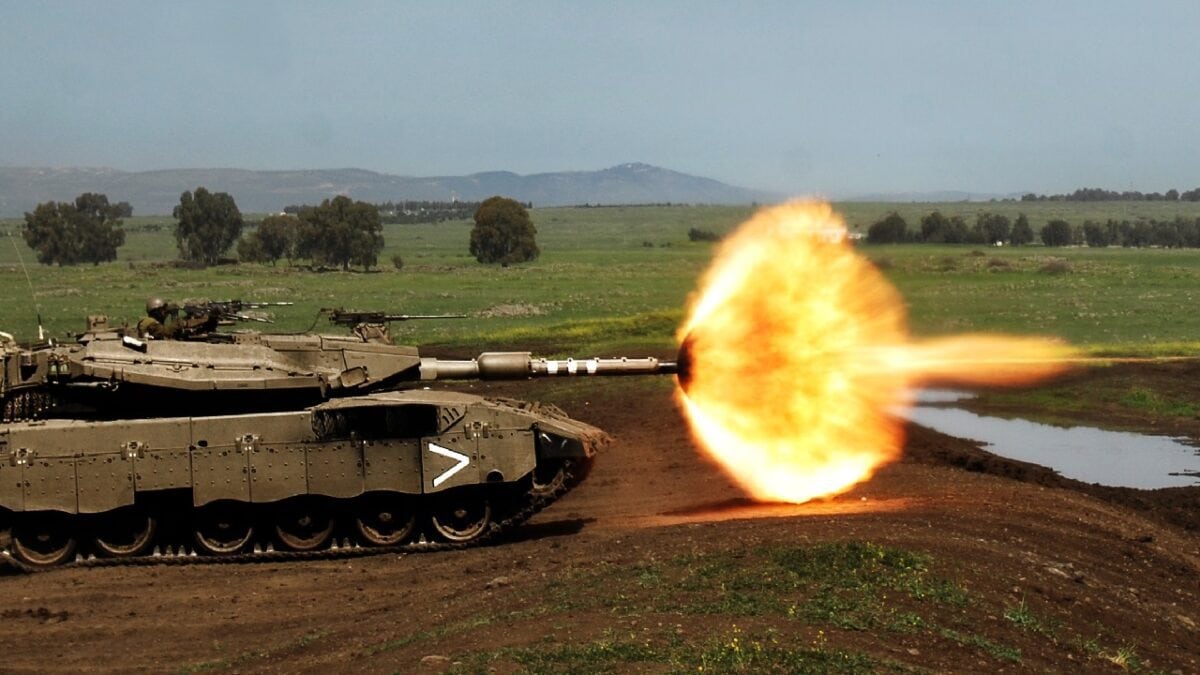
March 20, 2008. A Merkava tank during a training day held in the Golan Heights for the 188th Armored Brigade.
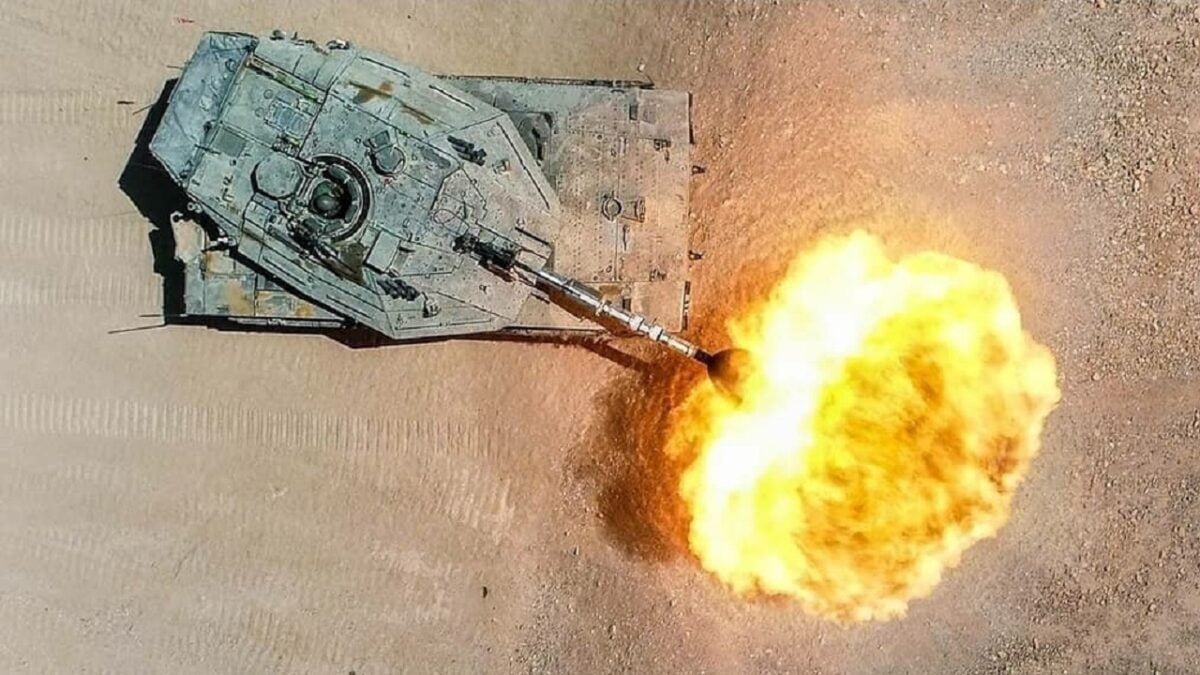
Merkava IV tank. Image Credit: Creative Commons.
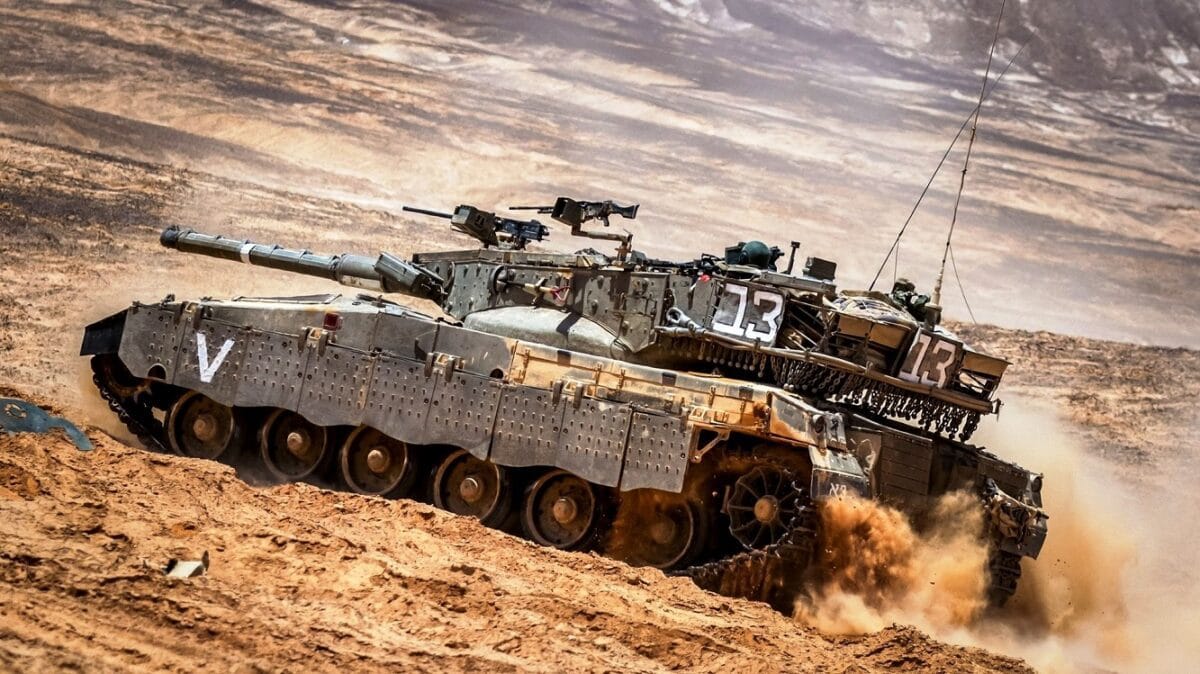
Merkava Tank. Image Credit: Creative Commons.
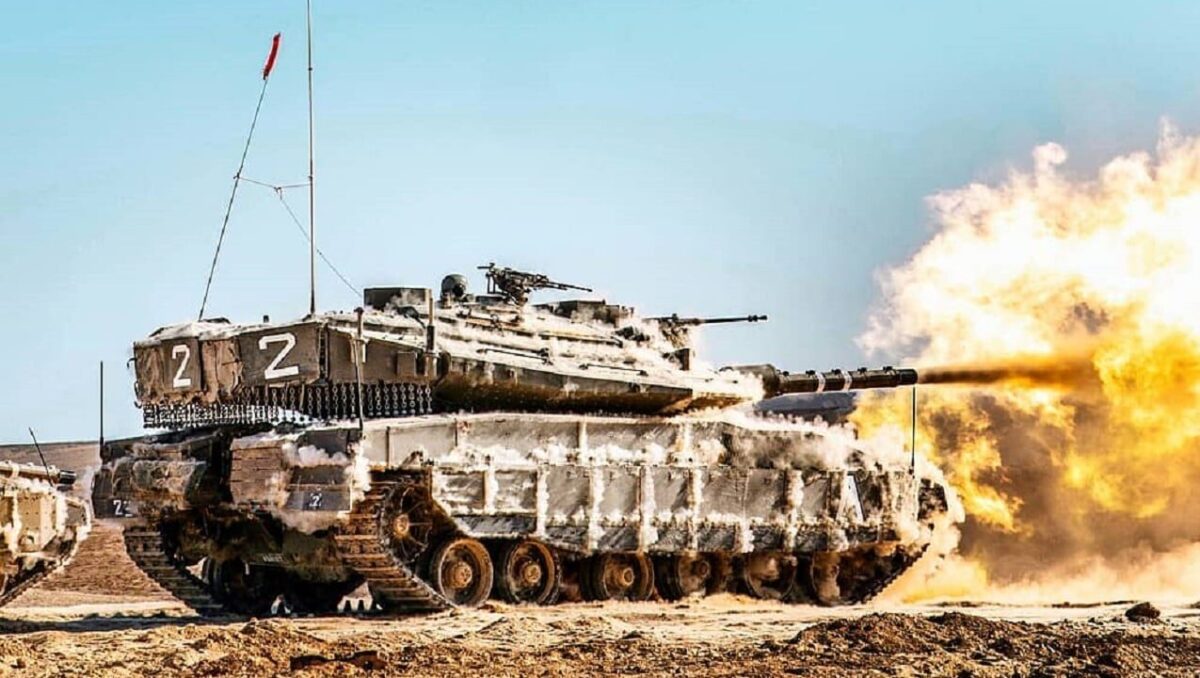
Israeli Merkava Tank. Image Credit: Creative Commons.
Christian D. Orr is a former Air Force officer, Federal law enforcement officer, and private military contractor (with assignments worked in Iraq, the United Arab Emirates, Kosovo, Japan, Germany, and the Pentagon). Chris holds a B.A. in International Relations from the University of Southern California (USC) and an M.A. in Intelligence Studies (concentration in Terrorism Studies) from American Military University (AMU). He has also been published in The Daily Torch and The Journal of Intelligence and Cyber Security. Last but not least, he is a Companion of the Order of the Naval Order of the United States (NOUS).

